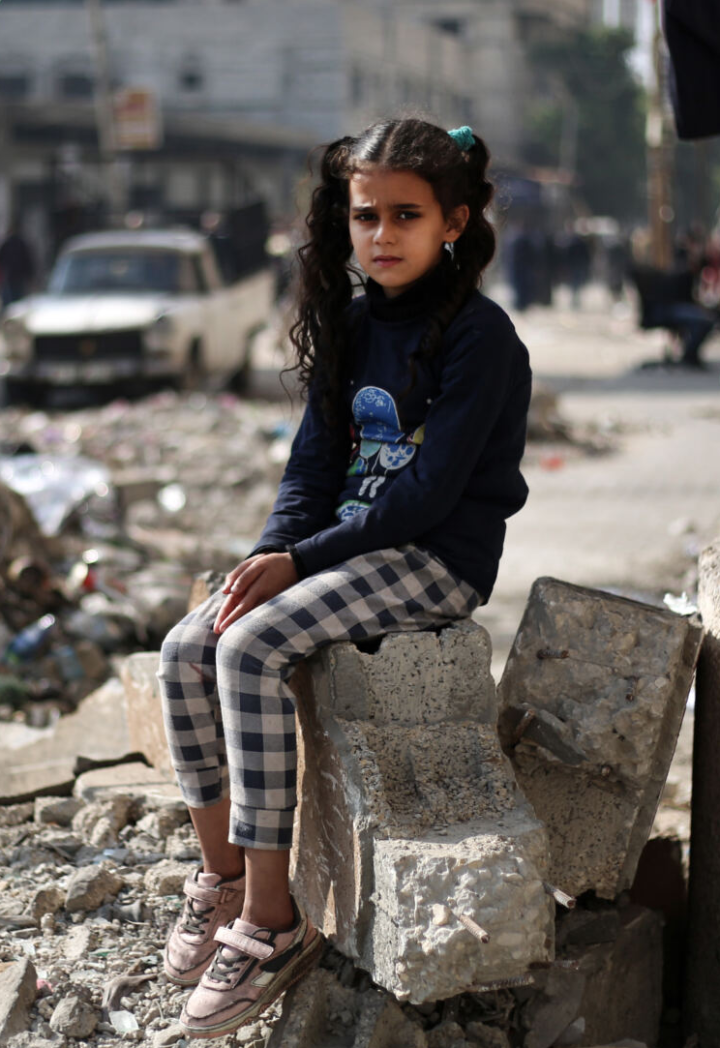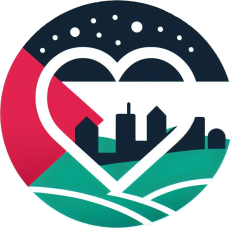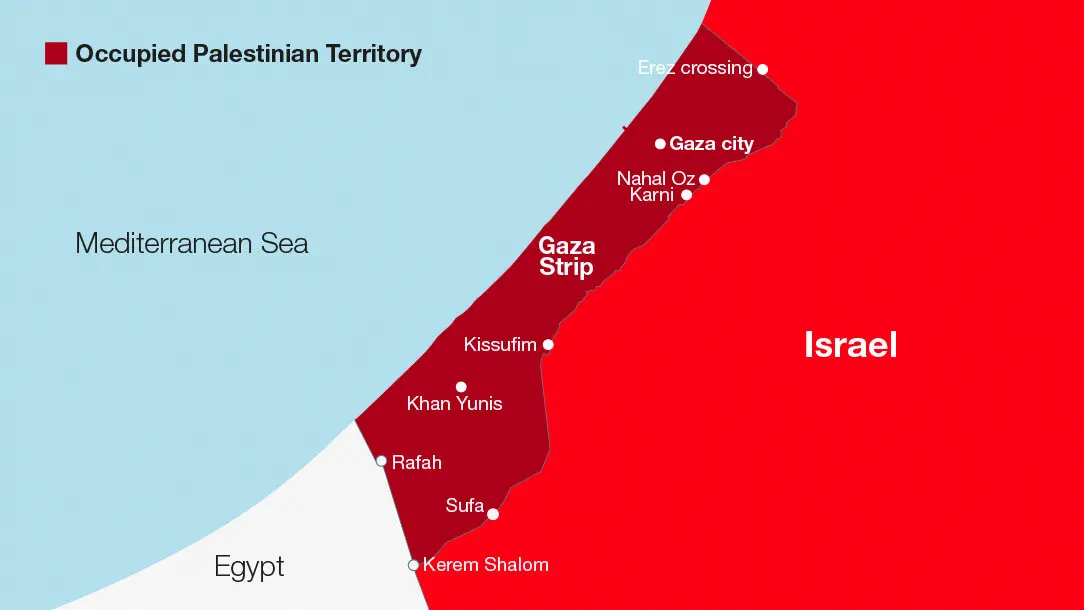Over 200,000 Lives Lost in Gaza, Majority Women and Children
We must never forget and never stop fighting for what is right

Global Alarm Persists Despite Ceasefire in Gaza
The ceasefire in Gaza offers a brief respite, but the consequences of the IDF's aggression continue to reverberate. The international community's failure to hold Israel accountable for its actions weakens efforts toward lasting peace. Israeli forces have left a devastating legacy, with widespread destruction of residential areas and mass civilian casualties. Essential infrastructure remains in ruins, intensifying shortages of water, medicine, fuel, and electricity. Eyewitness accounts and survivor testimonies underscore the human cost of the conflict, as Palestinian families struggle to rebuild their lives from the rubble and mourn the irreplaceable loss of their loved ones.

Make your voice heard
What is going on in Gaza?
With the recent ceasefire in place, the humanitarian crisis in Gaza remains dire and cannot be alleviated by aid alone. Humanitarian agencies must urgently accelerate the delivery of assistance to Gaza and ensure its safe and equitable distribution. Although the violence has temporarily paused, lives still hang in the balance. We must prioritise alleviating the immense suffering, protecting civilian lives, and upholding human dignity.
Explanation of the Food Crisis in Gaza
Humanitarian aid—including food, water, medicine, and shelter—continues to fall short of the needs of Gaza’s 2.2 million inhabitants. While some supplies trickle through the Rafah border, they are grossly insufficient.
Skyrocketing inflation has rendered basic staples unaffordable. In desperation, animal feed has replaced flour in some areas, yet even this is prohibitively expensive. In parts of Gaza, prices have surged by as much as 3,000%.
As a result, extreme food insecurity now affects the entire population of Gaza. The Integrated Food Security Phase Classification (IPC), a globally recognised authority, predicts famine in Gaza if conditions do not improve.
Overview of Events in Gaza
With the ceasefire in effect, the devastation left in its wake persists:
- Threat of famine: The IPC warns of an impending famine, unless immediate action is taken.
- Casualties: The current official toll is at least 64,718 Palestinians killed in Gaza and 163,859 injured, but estimates of the actual number are higher.
- Advocacy for solutions: Mirjana Spoljaric, President of the ICRC, emphasises the urgent need for political solutions, asserting that humanitarian aid alone is insufficient to address the crisis.
Communities on both sides bear the scars of this violence, but the scale of destruction in Gaza is unparalleled.
Are Any Hospitals Operational in Gaza?
Gaza’s healthcare system is in a state of near-total collapse. The few remaining hospitals, already overwhelmed, face relentless challenges from shortages of fuel, medicines, and equipment.
The recent closure of the Palestine Red Crescent’s Al-Amal Hospital in southern Gaza has left civilians with even fewer options. This follows the destruction of nearly all hospitals in the north, where safe access is no longer possible. For many, the collapse of healthcare services spells a death sentence.
How Many People Are Displaced in Gaza?
Over 75% of Gaza’s population has been displaced. Many have fled from the north to the south, with 1.5 million people now crammed into less than 20% of Gaza’s territory. Rafah, in particular, is overwhelmed, with many individuals displaced as many as five times.
Living conditions are dire, with severe shortages of water, sanitation, and electricity. For these displaced families, there is no safe haven—only overcrowded shelters and fear for the future.
Is Food Being Distributed in Gaza?
The distribution of food remains critically insufficient. Although aid organisations such as the Palestine Red Crescent Society, Egyptian Red Crescent Society, and ICRC stand ready to deliver essential supplies, the volume of aid entering Gaza remains far below what is needed.
Prior to the conflict, 400 to 500 aid trucks crossed into Gaza daily. To meet current needs, significantly more aid must flow regularly and securely into Gaza to reach the most vulnerable communities.
Would Maritime Corridors Aid in Delivering Aid to Gaza?
While maritime corridors have been discussed, land routes remain the most efficient and effective way to deliver aid to Gaza. Humanitarian operations were previously structured to handle and distribute hundreds of truckloads of aid daily.
Restoring and scaling up land-based aid delivery is the fastest way to meet the enormous needs of Gaza’s population. For this to happen, established road routes must be reopened to allow the safe passage of trucks carrying life-saving supplies.

How can I help?
Contribute to UNICEF’s Aid Appeal. Your contribution can help transform lives and create a brighter future for Palestinians. The entire population of Gaza is facing extreme shortages of food and there is a risk of famine in the coming months. This man-made humanitarian crisis is taking a terrible toll on the lives of children and families. There are no safe spaces in Gaza.
Over 80% of households lack safe and clean water. The average household has less than 1 litre per person per day, for washing, cooking and drinking.
Without the clean water needed to safely prepare formula milk, children will be at a higher risk of infection and malnutrition.
We should all be extremely concerned
by the continuing suffering in Gaza
We are observing an unbearable human tragedy unfolding in Gaza. The inhabitants here are enduring starvation, and the healthcare system is on the verge of collapse. In Rafah, where an estimated 1.5 million people have sought refuge, children, women, and men are enduring each hour with the anguish of hunger.
Every day, parents attempt to procure food but return empty-handed. Baby formula is scarcely available, compelling parents to resort to inadequate alternatives for their infants. They must watch as their children become weaker. Conditions are even direr in the northern areas. Overall, it is anticipated that the entire population of 2.2 million is experiencing food insecurity at crisis levels or beyond.
